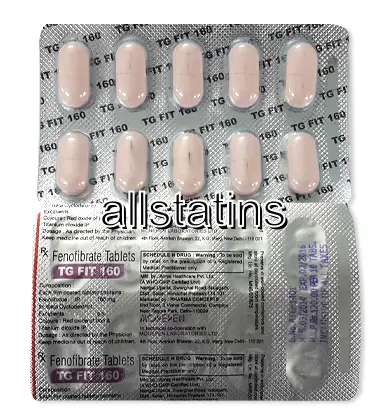| Package | Dosage | Price | Price per Dose | |
|---|---|---|---|---|
| Dosage: 160mg | ||||
| 360 pill | 160mg | AUD1,231.69 | AUD3.42 | |
| 180 pill | 160mg | AUD638.54 | AUD3.55 | |
| 120 pill | 160mg | AUD435.48 | AUD3.63 | |
| 90 pill | 160mg | AUD344.64 | AUD3.82 | |
| 60 pill | 160mg | AUD240.44 | AUD4.01 | |
| 30 pill | 160mg | AUD128.22 | AUD4.27 | |
| Dosage: 200mg | ||||
| 360 pill | 200mg | AUD1,683.23 | AUD4.68 | |
| 180 pill | 200mg | AUD876.34 | AUD4.86 | |
| 120 pill | 200mg | AUD595.79 | AUD4.97 | |
| 90 pill | 200mg | AUD470.22 | AUD5.21 | |
| 60 pill | 200mg | AUD328.61 | AUD5.48 | |
| 30 pill | 200mg | AUD176.31 | AUD5.85 | |

Fenofibrate Description
Overview of Fenofibrate
Fenofibrate is a pharmaceutical medication primarily used to manage abnormal lipid levels in the blood. It belongs to a class of drugs called fibrates, which are designed to reduce cholesterol and triglyceride levels. By improving lipid profiles, Fenofibrate can help lower the risk of cardiovascular diseases such as heart attacks and strokes. Many patients find it an effective part of their treatment plan, especially when diet and exercise alone are insufficient to control lipid levels.
How Fenofibrate Works
The medication works by activating a receptor in the body known as PPAR-alpha. This activation increases the oxidation of fatty acids and reduces the production of triglycerides in the liver. Consequently, patients experience a decrease in triglyceride levels and an increase in HDL cholesterol, often referred to as “good” cholesterol. The overall effect is an improved balance of lipids in the bloodstream, which is beneficial for cardiovascular health.
Advantages of Using Fenofibrate
Many users appreciate Fenofibrate for its ability to effectively lower triglycerides. It is also known to modestly increase HDL cholesterol, providing additional cardioprotective benefits. Moreover, Fenofibrate is generally well tolerated when taken as prescribed. It can be particularly helpful for patients with conditions like hypertriglyceridemia or mixed dyslipidemia, where other treatments have not yielded desirable results.
Potential Side Effects
While Fenofibrate is effective, it is not without possible side effects. Some patients report gastrointestinal issues such as stomach pain, nausea, or diarrhea. Liver enzyme elevations can occur, necessitating regular monitoring of liver function. A small number of people may experience muscle pain or weakness, which could indicate a serious condition called rhabdomyolysis. It is important to inform your healthcare provider about any adverse effects experienced during treatment.
Precautions and Interactions
Before starting Fenofibrate, patients should disclose their complete medical history, including kidney or liver problems. The medication may alter kidney function and should be used cautiously in those with existing renal impairment. Fenofibrate can also interact with other drugs, such as statins, increasing the risk of muscle problems. Regular blood tests are often recommended to monitor lipid levels, kidney function, and liver health during treatment.
Usage and Dosage
The typical dose of Fenofibrate varies depending on the individual’s condition and response. It is usually taken once daily with water, with or without food. Patients should adhere strictly to the prescribed dosage and schedule. Do not abruptly stop taking the medication without consulting your healthcare provider, as this could lead to a rebound in lipid levels.
Conclusion
Fenofibrate is considered a valuable option for managing high triglycerides and improving overall lipid profiles. Its effectiveness in reducing cardiovascular risk factors makes it a popular choice among healthcare professionals. However, monitoring for potential side effects and interactions is essential to ensure safety. When used correctly under medical supervision, Fenofibrate can be a beneficial component of a comprehensive cardiovascular health strategy.
